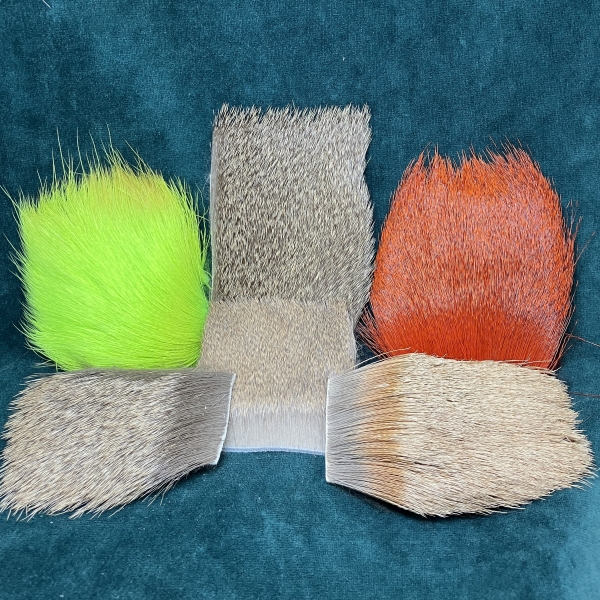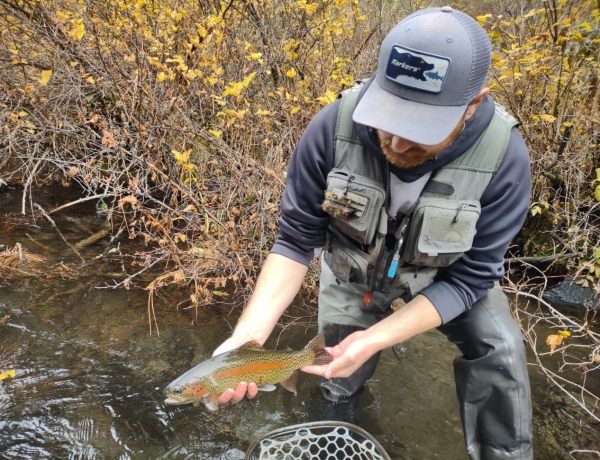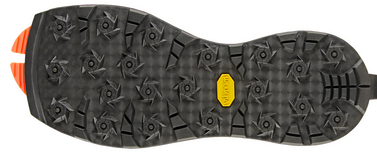Western green drakes are stout mayflies that live in highly oxygenated rivers with lots of woody debris. The Metolius has the most famous hatch, but the Deschutes and Mckenzie rivers have hatches of these bugs as well. These bugs are typically a size 8-12, and all stages of the bug will be important at certain times. The green drake hatch is certainly one of those flies that get the attention of every trout on the Metolius, and is one of the most prolific hatches of the year on that river. During the Metolius green drake hatch, there aren't any other bugs that can compete with the sheer size of the big olive mayflies. On other rivers, such as the Mckenzie and Deschutes, they somewhat overlap with the end of the salmonfly hatch.
The Angling
This hatch can make fish very picky, especially on the Metolius (shocker). You can fish a green drake nymph through May and expect mild success. The emergers are probably the least important part of the hatch. This is because for whatever reason, green drakes are especially adept at getting out of their shucks. Soft hackle type emergers don't really matter much for this particular hatch. Cripples can certainly produce fish though. The hatch truly kicks into gear when the duns start appearing regularly. The duns of these bugs are typically a brighter green right after emergence than the ones you would see when poking along the shore in the bushes, so the general wisdom is to tie a few shades lighter than the darker adults you typically come across since the fish see the newly emerged duns more often than they see the "seasoned" ones. Spinners are also very effective after the emergence has been going on for a while, and it seems that fish will take spinners readily even when there isn't much dry fly activity. Once the spinners have been established, fish will sometimes take a spinner at any time of day.
The Entomology
Green drake nymphs are classified as clingers, which means they are adapted to holding on to rocks in fast water. They are wide and flat when compared to most mayfly nymphs in order to be more hydrodynamic and make life easier when holding on to structure in faster flows than other mayfly nymphs. They also have a bit more of an affinity for wood than the other common mayflies in angling, such as BWOs or PMDs. This is why the Metolius and Mckenzie rivers are great green drake fisheries, since they have a lot of wood in the water compared to other rivers. Any large rapid or cascade dumping into a slow eddy or gentle run will usually produce a lot of green drake duns, bonus points for a big tree going into the water.


